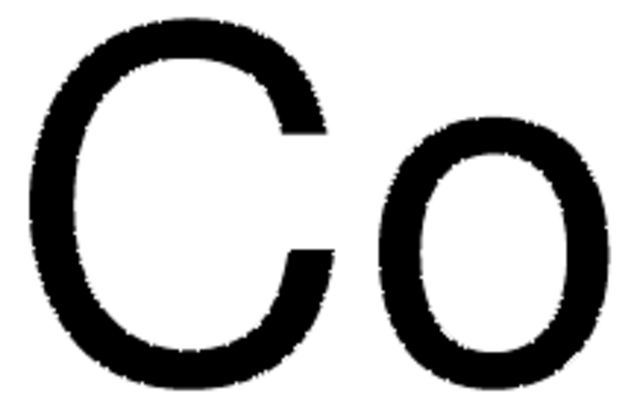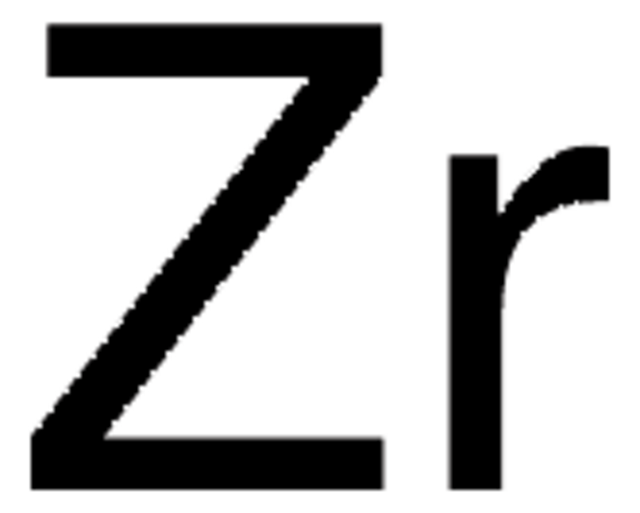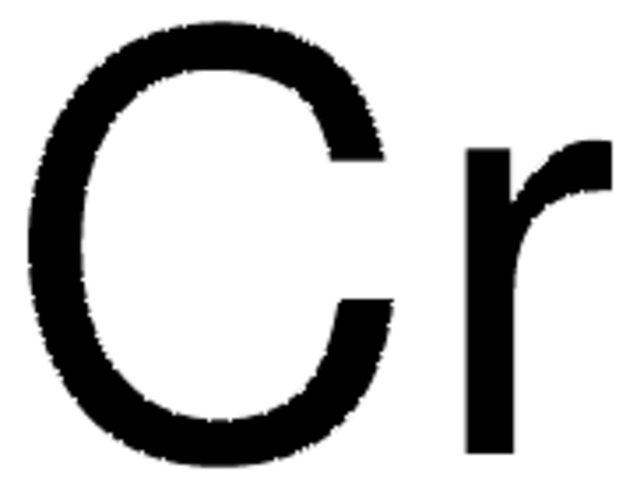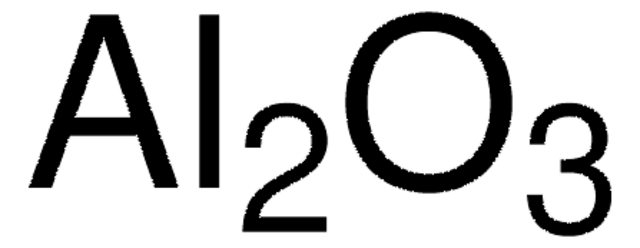GF16928310
Antimony
foil, not light tested, 50x50mm, thickness 0.05mm, permanent polyester support, 95+%
Synonym(s):
Antimony, SB000190
Sign Into View Organizational & Contract Pricing
All Photos(2)
About This Item
Empirical Formula (Hill Notation):
Sb
CAS Number:
Molecular Weight:
121.76
MDL number:
UNSPSC Code:
12141704
PubChem Substance ID:
NACRES:
NA.23
Recommended Products
Assay
95%
form
foil
manufacturer/tradename
Goodfellow 169-283-10
resistance
41.7 μΩ-cm
size × thickness
50 x 50 mm × 0.05 mm
bp
1635 °C (lit.)
mp
630 °C (lit.)
density
6.69 g/mL at 25 °C (lit.)
SMILES string
[Sb]
InChI
1S/Sb
InChI key
WATWJIUSRGPENY-UHFFFAOYSA-N
Looking for similar products? Visit Product Comparison Guide
General description
For updated SDS information please visit www.goodfellow.com.
Legal Information
Product of Goodfellow
Storage Class Code
13 - Non Combustible Solids
WGK
WGK 3
Flash Point(F)
Not applicable
Flash Point(C)
Not applicable
Regulatory Information
新产品
Choose from one of the most recent versions:
Certificates of Analysis (COA)
Lot/Batch Number
Sorry, we don't have COAs for this product available online at this time.
If you need assistance, please contact Customer Support.
Already Own This Product?
Find documentation for the products that you have recently purchased in the Document Library.
Khatima Aït-Oudhia et al.
Parasitology research, 109(5), 1225-1232 (2011-07-30)
Leishmania is the causative agent of various forms of leishmaniasis, a significant cause of morbidity and mortality. The clinical manifestations of the disease range from self-healing cutaneous and mucocutaneous skin ulcers to a fatal visceral form named visceral leishmaniasis or
Ricardo Khouri et al.
The Journal of infectious diseases, 210(2), 306-310 (2014-02-11)
We show that increased plasma superoxide dismutase 1 (SOD1) levels are statistically significant predictors of the failure of pentavalent antimony treatment for cutaneous leishmaniasis caused by Leishmania braziliensis. In Leishmania amazonensis-infected patients, host SOD1 levels can be used to discriminate
Edward R T Tiekink
Critical reviews in oncology/hematology, 42(3), 217-224 (2002-06-07)
The main group elements antimony and bismuth are used clinically, primarily for the treatment of Leishmaniasis (antimony) and ulcers (bismuth). Despite their medicinal efficacy, the exploration of the anti-cancer potential of antimony and bismuth compounds is not as well developed
Susan C Wilson et al.
Environmental pollution (Barking, Essex : 1987), 158(5), 1169-1181 (2009-11-17)
This article provides a critical review of the environmental chemistry of inorganic antimony (Sb) in soils, comparing and contrasting findings with those of arsenic (As). Characteristics of the Sb soil system are reviewed, with an emphasis on speciation, sorption and
Mengchang He et al.
The Science of the total environment, 421-422, 41-50 (2011-07-12)
Antimony (Sb) is ubiquitous throughout the environment as a result of natural processes and human activities. In China, superlarge-, large and medium-sized Sb deposits are concentrated in the Guangxi (34.4%), Hunan (21.2%), Yunnan (12.2%) and Guizhou (10.2%) provinces. Due to
Our team of scientists has experience in all areas of research including Life Science, Material Science, Chemical Synthesis, Chromatography, Analytical and many others.
Contact Technical Service




